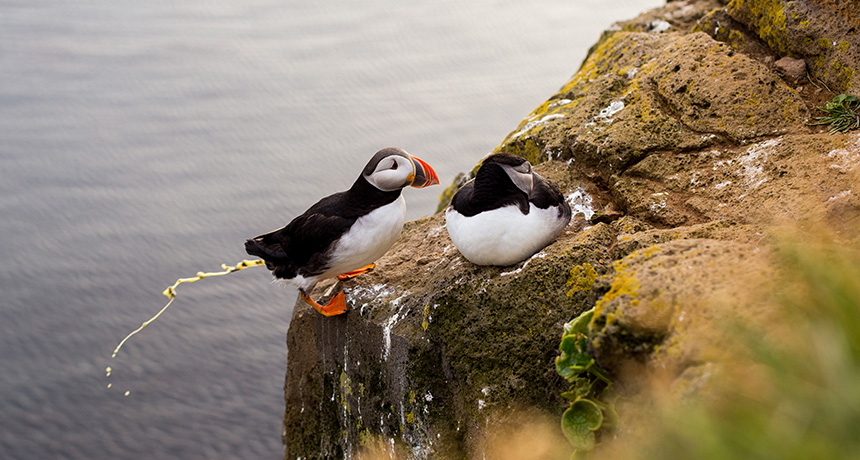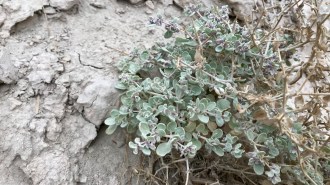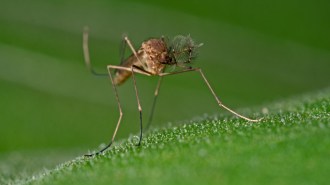There’s something cool about Arctic bird poop
Ammonia from guano contributes to climate-cooling cloud creation

FRIGID FECES The poop left behind by the tens of millions of seabirds that flock to the Arctic each year helps cool the region’s climate, new research suggests.
Ale_Koziura/Shutterstock






